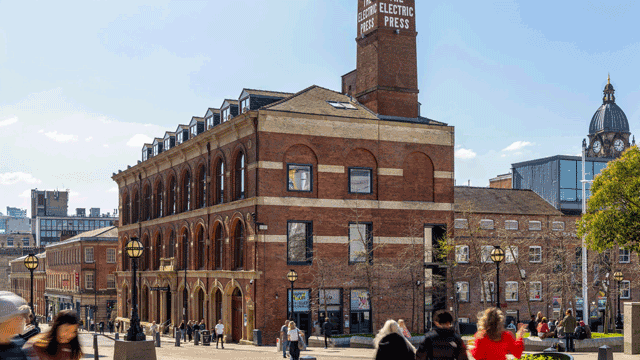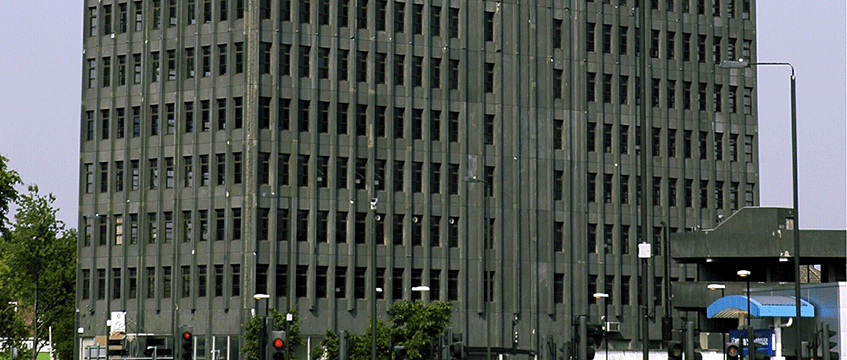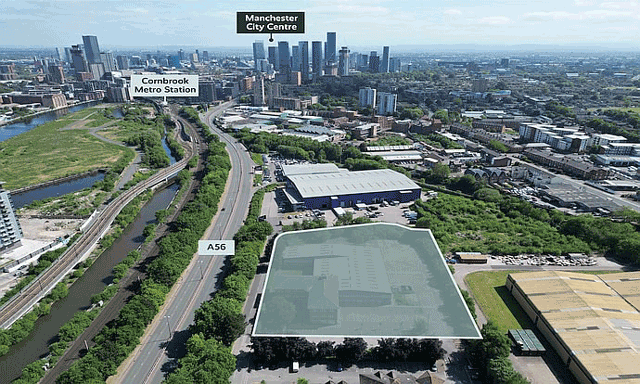COMMENT: In residential development, the housing “crisis” has been largely understood as one of quantity – enough homes in the right place. But a new media and political storm has been brewing, this time taking aim at quality and, more specifically, beauty.
Backed by ministers, the recent report from the Building Better, Building Beautiful Commission has called explicitly for the planning system to prevent ugliness. Before that, research from Place Alliance and CPRE pulled no punches in criticising “a decade of disastrous housing design”.
With the planning white paper approaching, we should brace ourselves to expect more scrutiny over quality and attractiveness alongside quantity in how homes are built.
The government has already outlined plans for a new homes ombudsman to oversee standards and help resolve consumer disputes. A new national model design code to establish the principles of good design is also expected. The code will set a baseline for quality across England, which local planning authorities will need to consider when determining planning applications.
This highlights one of the principal challenges for the industry: who decides what good looks like, and whose responsibility is it to deliver beauty and good design?
At present, the debate focuses on the roles of local authorities and housebuilders, often pitting the two against one another. However, there is a missing link in the form of a master developer, who can translate councils’ requirements into deliverable design standards to help housebuilders improve aesthetics and quality
Guiding housebuilders
Local authorities are already stretched and there is a risk that new guidelines will simply add yet more potential red tape for them to navigate. The government has recognised this, suggesting that a new “planning A team” could lend additional capacity and expertise to help local authorities interpret standards.
However, it’s unlikely that one central government team will be able to support projects other than large-scale developments.
The emphasis on policy and planning restrictions also misses an important point, which is balancing the trade-offs associated with good design. It assumes – wrongly – that housebuilders set out to cut corners and that stronger guidelines can squeeze a more beautiful product out of developers who are already navigating the risk and viability concerns of taking sites through the planning system. If they are pushed to do more on design, then something else will have to give.
Contrary to perceptions in some quarters, it doesn’t benefit developers or local authorities to deliver poor-quality or ugly homes
This is where a master developer can step in.
By setting the strategy for a project and overseeing the masterplanning process, master developers can bridge the gap between housebuilders and councils, supporting local authorities to interpret local needs, secure outline planning consent and establish design codes which housebuilders not only can, but aspire to, meet.
Common interests
At Barton Park in Oxford, our LLP with Oxford City Council has established clear design parameters. These account for visual aesthetics such as the materials and context of the local area to set a new home design code that is relevant to Barton.
Looking at quality in its broadest sense, the masterplan and design code for the site has also accounted for community needs and allocated space for infrastructure including a new park and improved allotments.
This has set out what will and won’t fit the overall vision and has effectively derisked the site for our housebuilding partners, Hill and Redrow.
The success of the master developer model relies on a common interest: contrary to perceptions in some quarters, it doesn’t benefit developers or local authorities to deliver poor-quality or ugly homes. What we do need to see is a more equitable weighting of responsibility versus risk – with all parties given a clear role in delivering good design.
Doing so will increase value, build reputations and ultimately lead to places where people genuinely want to live – above all else this surely is the definition of a beautiful community.
Andy Sharpe is director of project management for strategic land at Grosvenor Britain & Ireland











